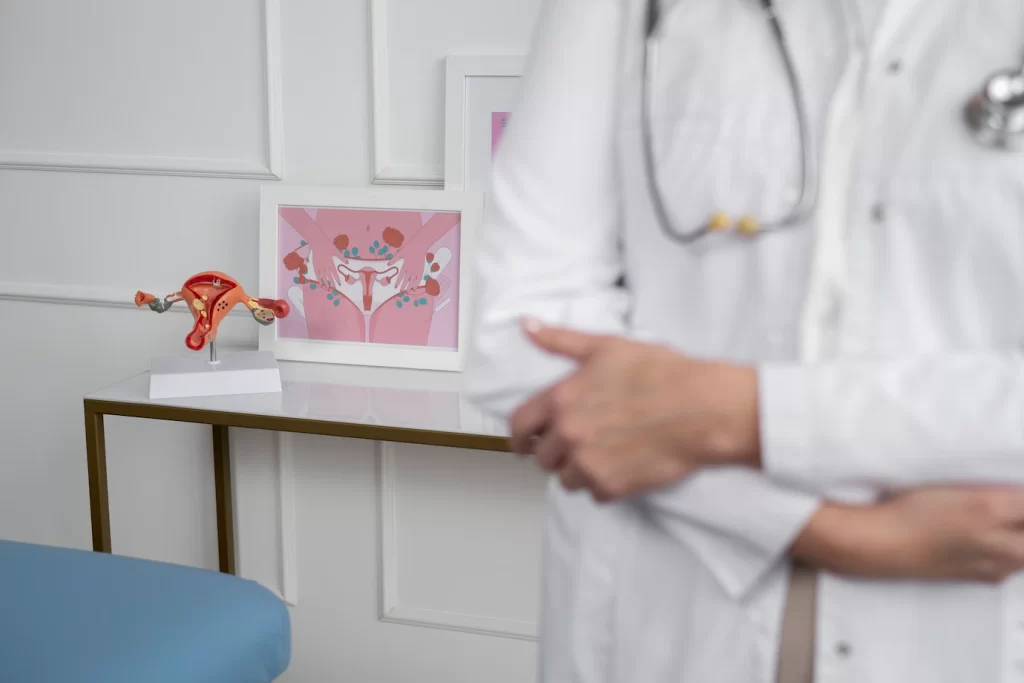Screening and Prevention for Cervical Cancer

Cervical cancer is a type of cancer that starts in the cervix, the lower part of the uterus that opens into the vagina. It is caused by the human papillomavirus (HPV), which is transmitted through sexual contact. Fortunately, there are screening tests and vaccines available that can prevent cervical cancer or detect it early when it is most treatable.
Screening for Cervical Cancer: The American Cancer Society recommends the following guidelines for cervical cancer screening:
- Cervical cancer screening should start at age 25 for people with cervixes.
- People aged 25 to 65 should have a primary HPV test every five years, which checks for the presence of the HPV virus in cervical cells.
- People aged 25 to 65 may choose to have a primary HPV test with a co-test that includes a Pap test every five years, or a Pap test alone every three years.
- People under 25 should not be screened for cervical cancer unless they have a history of abnormal Pap tests or have been diagnosed with HPV.
Prevention of Cervical Cancer: The HPV vaccine can prevent many cases of cervical cancer. The Centers for Disease Control and Prevention recommends routine HPV vaccination for girls and boys at age 11 or 12, but it can be given as early as age 9 and as late as age 26. The vaccine is most effective when given before a person becomes sexually active and is exposed to the virus.
Other ways to reduce the risk of developing cervical cancer include:
- Practicing safe sex, including the use of condoms, which can reduce the risk of HPV transmission.
- Not smoking, as smoking is associated with an increased risk of cervical cancer.
- Getting regular cervical cancer screenings, as early detection can lead to more effective treatment.
It’s important for people with cervixes to talk to their healthcare provider about their individual risks for cervical cancer and to discuss the most appropriate screening and prevention strategies for them.
